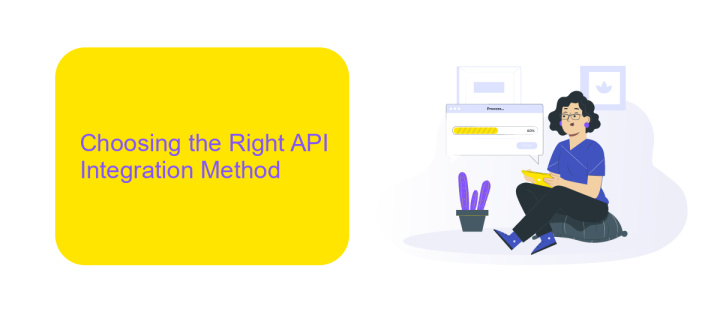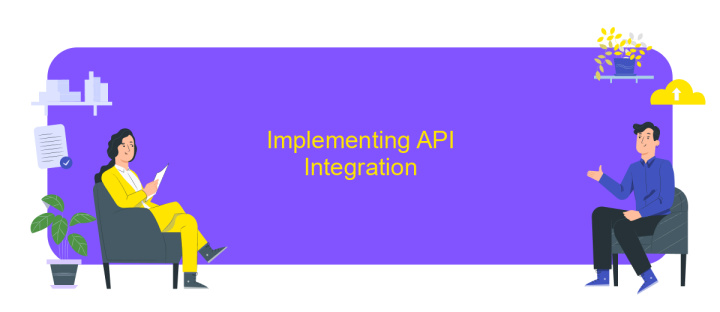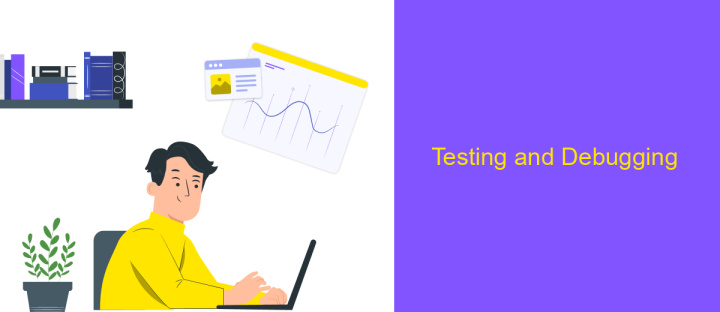Backend API Integration
In today's digital landscape, seamless backend API integration has become a cornerstone for efficient software development. As businesses strive to enhance user experiences and streamline operations, the ability to connect diverse systems and applications is crucial. This article explores the fundamental principles of backend API integration, highlighting best practices and strategies to ensure robust, scalable, and secure connections that empower your applications to thrive in a competitive environment.
Understanding Backend APIs
Backend APIs are essential components in modern software development, acting as bridges between client applications and server-side resources. Understanding how these APIs work is crucial for developers aiming to create seamless integrations and efficient data exchanges. They enable applications to communicate with databases, services, and other backend systems, providing a structured way to access and manipulate data. This interaction is typically managed through HTTP requests and responses, often in formats like JSON or XML.
- APIs define a set of rules and protocols for interaction.
- They allow for data exchange between different software components.
- APIs can be public, private, or partner-based, depending on accessibility needs.
- Security, including authentication and authorization, is a critical aspect of API design.
- Versioning helps manage changes and compatibility over time.
Developers need to familiarize themselves with API documentation, which provides comprehensive details on endpoints, request methods, parameters, and expected responses. This understanding ensures that developers can effectively implement and troubleshoot API integrations, leading to robust and scalable applications. In a rapidly evolving tech landscape, mastering backend APIs is a valuable skill that enhances collaboration and innovation.
Choosing the Right API Integration Method

When selecting the appropriate API integration method, it's essential to consider the specific needs of your project and the capabilities of the APIs you intend to use. Start by evaluating whether a direct integration or a middleware solution is more suitable. Direct integration offers simplicity and speed, especially for straightforward API calls, but it may require more maintenance and in-depth knowledge of both systems. Middleware solutions, on the other hand, provide an abstraction layer that can simplify complex integrations and offer additional features like error handling and data transformation.
For teams looking to streamline the integration process without extensive coding, services like ApiX-Drive can be invaluable. ApiX-Drive offers a user-friendly platform that automates the connection between various applications, reducing the need for manual intervention and allowing you to focus on core business activities. It supports a wide range of applications and provides a visual interface to set up integrations, making it easier to manage and monitor API interactions. Ultimately, the right method depends on your project's complexity, timeline, and resource availability.
Implementing API Integration

Integrating a backend API into your application is a critical step in ensuring seamless communication between the client and server. This process allows your application to access external services and databases, enhancing functionality and user experience. To achieve this, developers must carefully plan and execute the integration, considering factors such as API authentication, data handling, and error management.
- Begin by understanding the API documentation thoroughly. This includes familiarizing yourself with endpoints, request methods, and response formats.
- Set up authentication mechanisms. Depending on the API, this might involve using tokens, keys, or OAuth protocols.
- Implement API calls within your application, ensuring proper handling of HTTP requests and responses.
- Incorporate error handling to manage API errors gracefully, providing fallback solutions or user notifications.
- Test the integration thoroughly in a development environment before deploying it to production.
Once the API integration is implemented, continuous monitoring is essential to ensure its reliability and performance. Regularly update your application to accommodate any changes in the API, such as version upgrades or deprecations. By following these steps, you can effectively integrate APIs into your backend, enhancing your application's capabilities and providing a better user experience.
Testing and Debugging

Testing and debugging are critical components in the development of robust backend API integrations. A well-structured testing strategy ensures that APIs function as expected under various conditions and helps identify potential issues before they affect end users. Automated testing tools, such as Postman and JUnit, can streamline this process by running predefined test cases and validating API responses.
Debugging, on the other hand, involves a systematic approach to identifying and resolving issues that arise during integration. Effective debugging requires a deep understanding of both the API being integrated and the application consuming it. Developers should leverage logging and monitoring tools to gain insights into the API's behavior and pinpoint the root causes of any anomalies.
- Use comprehensive unit tests to validate individual components.
- Conduct integration tests to ensure seamless interaction between systems.
- Implement error handling to gracefully manage unexpected API responses.
- Leverage logging to trace and diagnose issues efficiently.
By prioritizing testing and debugging, developers can ensure a seamless and reliable API integration process. This not only enhances the overall performance of the application but also provides a better user experience by minimizing downtime and errors. Continuous monitoring and iterative testing further contribute to maintaining the quality and reliability of the integrated systems.
- Automate the work of an online store or landing
- Empower through integration
- Don't spend money on programmers and integrators
- Save time by automating routine tasks
Security and Performance Considerations
When integrating backend APIs, security is paramount. Ensure secure data transmission by implementing HTTPS and using strong authentication methods such as OAuth 2.0. Regularly update and patch your APIs to protect against vulnerabilities. Employ rate limiting to prevent abuse and ensure your API's availability. Consider using tools like ApiX-Drive, which can help streamline integration processes while maintaining security standards. ApiX-Drive offers features that automate data transfers securely, reducing the risk of human error and enhancing overall security.
Performance is equally critical in API integration. Optimize your API endpoints to reduce latency and improve response times. Use caching strategies to minimize server load and enhance user experience. Monitor API performance consistently to identify bottlenecks and optimize resource allocation. ApiX-Drive can assist in performance optimization by providing automated workflows that reduce manual intervention and improve efficiency. By leveraging such tools, you can ensure that your API integrations remain both secure and performant, meeting the demands of modern applications.
FAQ
What is Backend API Integration?
How can I test an API before integrating it into my system?
What are common challenges in API integration?
How can I automate API integration processes?
What should I consider for API security during integration?
Strive to take your business to the next level, achieve your goals faster and more efficiently? Apix-Drive is your reliable assistant for these tasks. An online service and application connector will help you automate key business processes and get rid of the routine. You and your employees will free up time for important core tasks. Try Apix-Drive features for free to see the effectiveness of the online connector for yourself.


